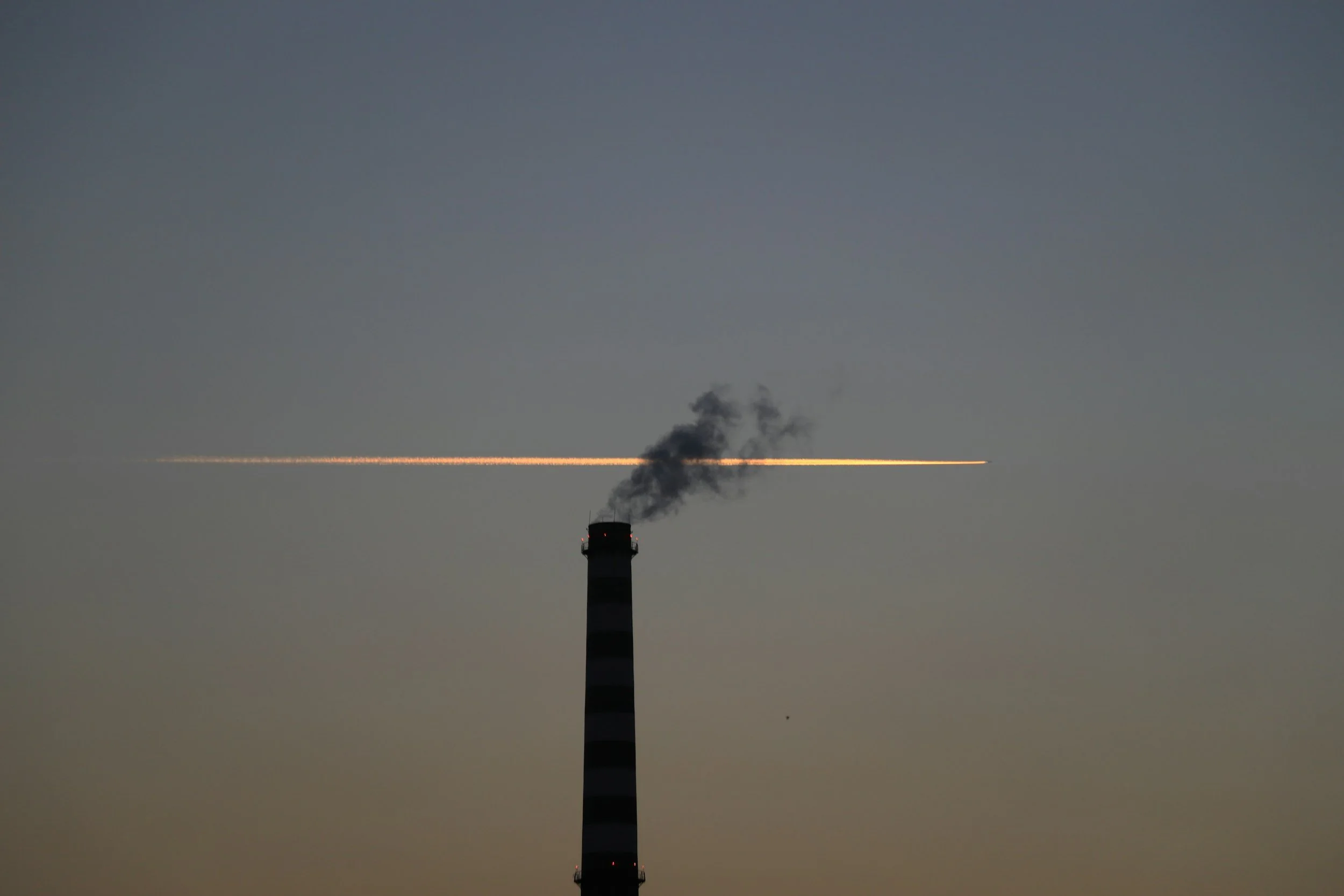Point-of-Use Carbon Capture
TDA Research Inc. (TDA), in collaboration with Membrane Technology Research (MTR), is proposing to develop a hybrid system that consists of a polymeric membrane and a low temperature physical adsorbent to remove CO2 from the flue gases generated by coal-fired power plants. The polymer membrane removes the bulk of the CO2 in the flue gas across a pressure gradient generated by an inexpensive and practical (commercially available) vacuum pump that lowers the permeate pressure to 3 psia (0.2 bar). Because the membrane does not use strong vacuum, the power consumption and cost of CO2 capture is low; however, substantial amounts of CO2 remain in the residue stream. The membrane’s residue gas is further treated by the sorbent, ensuring greater than 90% carbon capture in the overall process. The sorbent is regenerated using the coal boiler air intake; the CO2-laden air is fed to the boiler, which in turn generates a CO2-rich flue gas that further benefits the CO2 removal over the membrane. The hybrid process is far more cost effective than an all-membrane process, because the membrane works very efficiently under the optimum operating conditions provided by a high driving force, while the sorbent (the performance of which is not nearly as strong a function of CO2 partial pressures) handles the final CO2 removal and polishing, where the driving force is low.
The hybridization of the membrane with the sorbent reduces the overall energy intake of the carbon capture process without sacrificing the carbon capture efficiency (i.e., meeting DOE’s 90% capture goal). The hybrid CO2 capture system integrated with a super-critical pulverized coal fired power plant achieves a net plant efficiency of 31.9% on HHV basis; significantly higher than that can be achieved by amine-based CO2 capture system (28.4%). The cost of CO2 captured (excluding T&S costs) is estimated as $35.5 per tonne, well below the $55.3 per tonne cost for amine systems (2011 $ basis). The hybrid process has the potential for achieving the DOE’s new $30 per tonne target for transformational technologies (with future improvements).
The stand-alone operations of all-membrane (using two-stage membranes) and all-sorbent (operating on a vacuum swing cycle) systems have been evaluated in several DOE/NETL projects. Under a Phase II SBIR project (SC-11885), we also showed the successful operation of the hybrid system in a small scale slipstream evaluation (75 kg CO2 removed per day) using actual coal flue gas. In this project we will carry out a 1 MWe scale evaluation in a fully integrated test module to elevate the technical maturity of the technology to TRL 7. Because both the MTR membrane and TDA’s sorbent systems will be modular, the data generated in the evaluations will be directly applicable to the design of a full-scale system.
•Highly stable, low-cost, high-capacity physical adsorbent to effectively remove CO2 via a combination vacuum and concentration swing adsorption (VCSA) process.
The CCS is integrated with the power plant flue gas exhaust, which is rich in CO2 (~13% vol. CO2) and removes more than 90% of the sources overall carbon emissions.
>90% carbon capture threshold.
>95% carbon capture efficiency.
>95% CO2 purity under real exhaust conditions.
Low-cost regenerable sorbent process to capture CO2 from IGCC power plants
•A surface modified carbon to remove CO2 via physical adsorption above the dew point of the synthesis gas
•Unique platform to remove other syngas contaminants (e.g., sulfur, halides, trace metals) in addition to CO2
• Less than $23/ton CO2 captured
• Less than 10% increase in COE
• CO2 capacity up to 18 wt%, working capacity of about 6% wt.
• Very good stability with no capacity loss detected over 450 cycles
• Rapid absorption/regenerations that allow fast cycling (less than 3 minute total cycle time was demonstrated)
• Very little interference from water
•Can be used for both pre- and post- combustion CO2 capture

